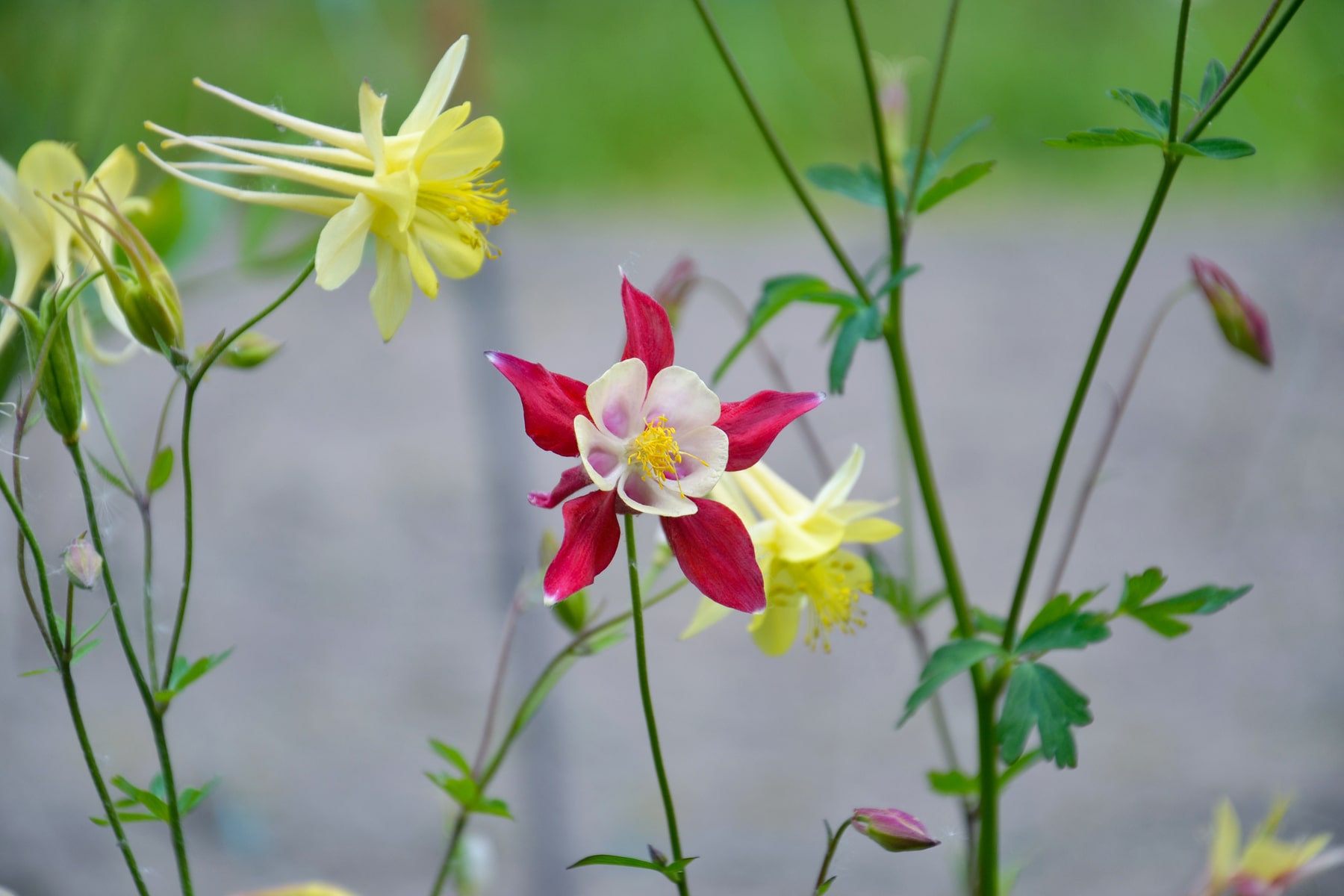In a world that often glorifies complexity and excess, simplicity stands out as a breath of fresh air. Whether in design, lifestyle, or problem-solving, the pursuit of simplicity is not just about removing clutter—it’s about refining things to their purest and most effective form. As the famous quote goes, “Simplicity carried to an extreme becomes elegance.” True elegance is not the result of extravagance, but rather the art of distilling things down to their essence.
The Essence of Simplicity
Simplicity is often misunderstood as minimalism or a lack of detail, but it’s much more than that. True simplicity involves thoughtful design, deliberate choices, and an understanding of what truly matters. It is about removing distractions, focusing on what is essential, and presenting things in a way that feels effortless and natural.
- Functionality Over Frills: Simplicity focuses on function, ensuring that every element serves a purpose without unnecessary embellishments.
- Clarity and Precision: Whether in design, writing, or daily life, simplicity brings clarity by eliminating confusion and noise.
- Timelessness: Simplicity has an enduring quality. Trends come and go, but simple, elegant designs and solutions often stand the test of time.
Simplicity in Design: The Path to Elegance
Great design is not about adding more; it’s about taking away until only what is necessary remains. When simplicity is pushed to its extreme, it transforms into elegance—clean, intuitive, and timeless.
Consider some of the most iconic designs in history:
- Apple’s Product Design: Apple’s philosophy revolves around simplicity, with clean lines, intuitive interfaces, and a focus on user experience. The result? Products that are not just functional but elegant in their usability.
- Architecture and Interior Design: Some of the most breathtaking buildings and spaces rely on simplicity—open spaces, natural light, and a focus on essential materials, creating an atmosphere of quiet sophistication.
- Fashion and Style: Timeless fashion pieces—like the little black dress or a tailored suit—are examples of how simplicity can exude class and sophistication without the need for excessive detailing.
The pursuit of elegance in design requires stripping away the unnecessary, leaving behind a refined and harmonious experience that resonates with people on a deeper level.
The Power of Simplicity in Everyday Life
Beyond design, simplicity can be applied to all aspects of life, leading to a more elegant and fulfilling existence. When we declutter our minds, schedules, and relationships, we make room for what truly matters.
- In Communication: Clear and concise communication is often more powerful than lengthy, complex discussions. When we say only what is necessary, our words carry more weight and meaning.
- In Decision-Making: Simplifying choices by focusing on what aligns with our values and goals helps us make better, more intentional decisions.
- In Productivity: A clutter-free workspace and a streamlined workflow can lead to higher efficiency and reduced stress, allowing us to focus on the tasks that truly make a difference.
Simplicity, when applied to our daily lives, allows us to focus on quality rather than quantity, fostering a sense of peace and elegance in how we approach the world.
Simplicity and Elegance in Problem-Solving
The most effective solutions are often the simplest. Whether in business, technology, or everyday challenges, complexity can create confusion and inefficiency, while simplicity brings clarity and focus.
- Business Strategy: Successful companies often streamline their operations, focusing on their core strengths rather than trying to do everything at once.
- Technology: The most elegant solutions in technology simplify processes for users, making experiences seamless and intuitive.
- Personal Growth: Simplifying our goals and breaking them down into achievable steps allows for consistent progress without feeling overwhelmed.
By embracing simplicity in problem-solving, we can achieve results that are both effective and elegant.
The Challenge of Achieving Simplicity
Simplicity may seem easy on the surface, but it takes effort, skill, and discipline to achieve. It requires a deep understanding of what truly matters and the courage to eliminate the rest. The process of simplifying can be challenging because it often involves letting go of things we think are important but ultimately add little value.
- Refinement: Achieving simplicity requires continuous refinement, iteration, and improvement.
- Restraint: It takes discipline to resist the temptation to overcomplicate and to trust in the power of simplicity.
- Balance: Simplicity should not mean sacrificing depth or richness; it should strike a balance between ease and substance.
When we embrace simplicity and carry it to an extreme, we uncover elegance in its purest form—a kind of beauty that is understated yet powerful.
Conclusion: The Elegance of Less
In a world where complexity often reigns, simplicity offers a refreshing alternative. When simplicity is taken to an extreme, it reveals a quiet elegance—one that is timeless, meaningful, and universally appealing. Whether in design, daily life, or problem-solving, the pursuit of simplicity is ultimately a pursuit of clarity, purpose, and elegance.
So, the next time you’re faced with a choice—whether it’s designing something new, organizing your life, or solving a problem—remember that less is often more. True elegance emerges not from adding, but from refining and simplifying until only the essential remains.



